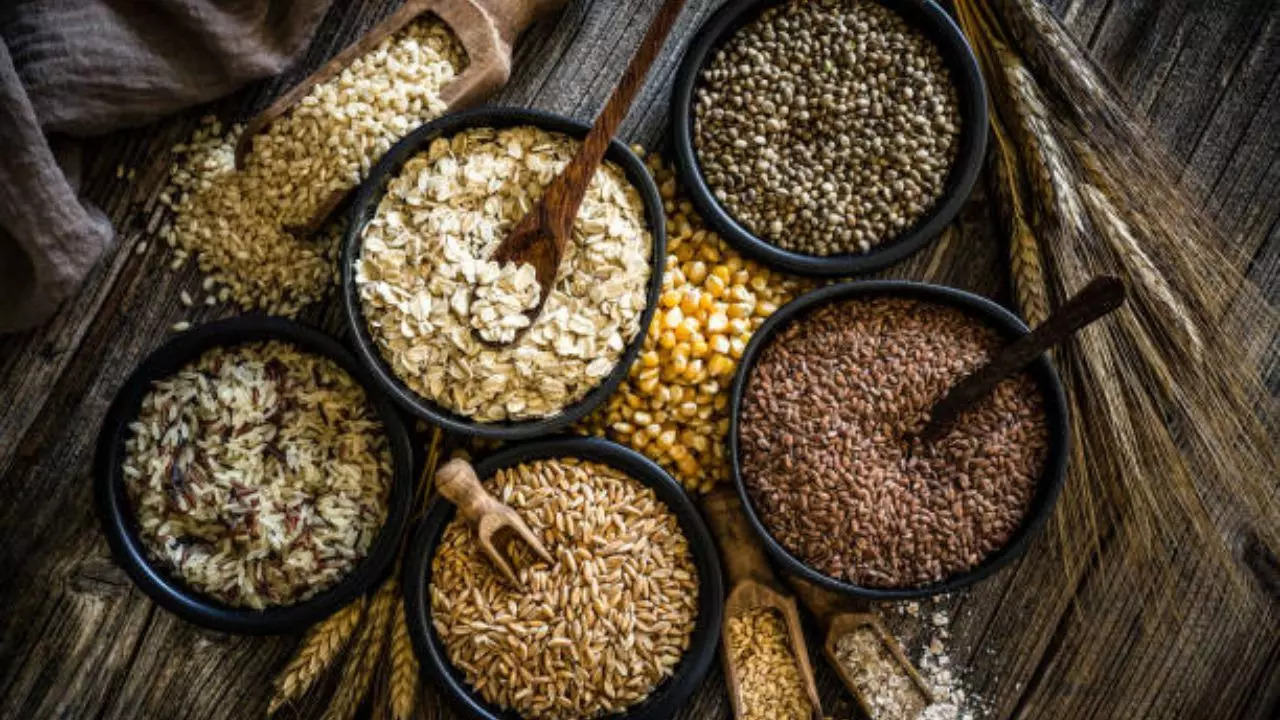Contents
Healthy, low-carb rice options you must include in your daily diet
For those who prefer to stay away from rice, there are many other healthy options such as barley, couscous, millet, orzo, cauliflower and even broccoli that are low in carbohydrates yet rich in nutrients such as vitamins, potassium and copper – all of which are important for your overall health and wellbeing. Read on to learn more.

It is a good idea to replace rice with other healthy alternatives such as whole grains, which will add variety to your diet.
Rice is a staple food in most parts of the world. It is not only nutritious, but also filling, inexpensive, and pairs well with many other delicious dishes. However, it may not suit everyone’s dietary needs and many people avoid eating it due to digestive problems or if they want to lose weight.
And so, according to experts, it is a great idea to replace rice with other healthy options such as several whole grains that add variety to your diet. Some of these are:
Quinoa
Quinoa is a seed and tastes like a grain. It is a popular alternative to rice and does not contain gluten and has a much higher protein content than rice. It is also a good source of the important minerals magnesium and copper, which play an important role in energy metabolism and bone health.
If you’re sensitive to gluten, only purchase quinoa certified gluten-free due to the risk of cross-contamination.
Cauliflower
This vegetable is a great low-carb and low-calorie alternative to rice. It has a mild flavor, as well as a similar texture and appearance to cooked rice.
To make riced cauliflower, cut a head of cauliflower into several pieces and grate them using a box grater, or finely chop them using a food processor. Riced cauliflower can be cooked over medium heat with a small amount of oil until soft and lightly browned.
Broccoli
Like riced cauliflower, broccoli is a great rice alternative for people on a low-carb or low-calorie diet. It is also an excellent source of vitamin C and antioxidants that boost the immune system.
Like cauliflower rice, you can make broccoli rice by grating or chopping it in a processor. Then, cook it over medium heat with a little oil. Some grocery stores also sell riced broccoli in the freezer section.
barley
Barley has a chewy texture and earthy flavor similar to rice, but it has more protein and fiber. It is also rich in zinc, niacin, and selenium. According to experts, half a cup of cooked barley has just 100 calories and provides the same amount of calories as white rice.
Couscous
Couscous is a type of pasta made from very small grains of flour. Made from whole wheat, couscous is a healthier option than rice as it is rich in fiber and protein. Couscous grains are much smaller than rice grains, so they add a unique texture to the food served with the meal.
To make couscous, combine one part couscous and one part water and bring the mixture to a boil. Remove it from the heat and let the couscous rest, covered, for five minutes. Fluff it with a fork before serving.
Cabbage
Shredded cauliflower is another great alternative to rice. Cabbage is low in calories and carbs and is rich in vitamins C and K which help regulate blood clotting and circulation.
Vitamin K regulates blood clotting and circulation and plays an important role in bone health.
Orzo
Available in most supermarkets, orzo is a type of pasta that is similar to rice in size, shape, and texture. Whole-wheat orzo has more fiber and protein than regular orzo, making it a healthier option.
Bulgur Wheat
Bulgur wheat is another whole wheat alternative to rice, made from broken pieces of whole wheat grains. It is commonly used in the Mediterranean salad dish tabbouleh.
Millet
Millet is healthy, gluten-free, and rich in protein, fiber, and antioxidants.
Get the latest news live on Times Now, along with breaking news and top headlines on diet, health and more from around the world.


